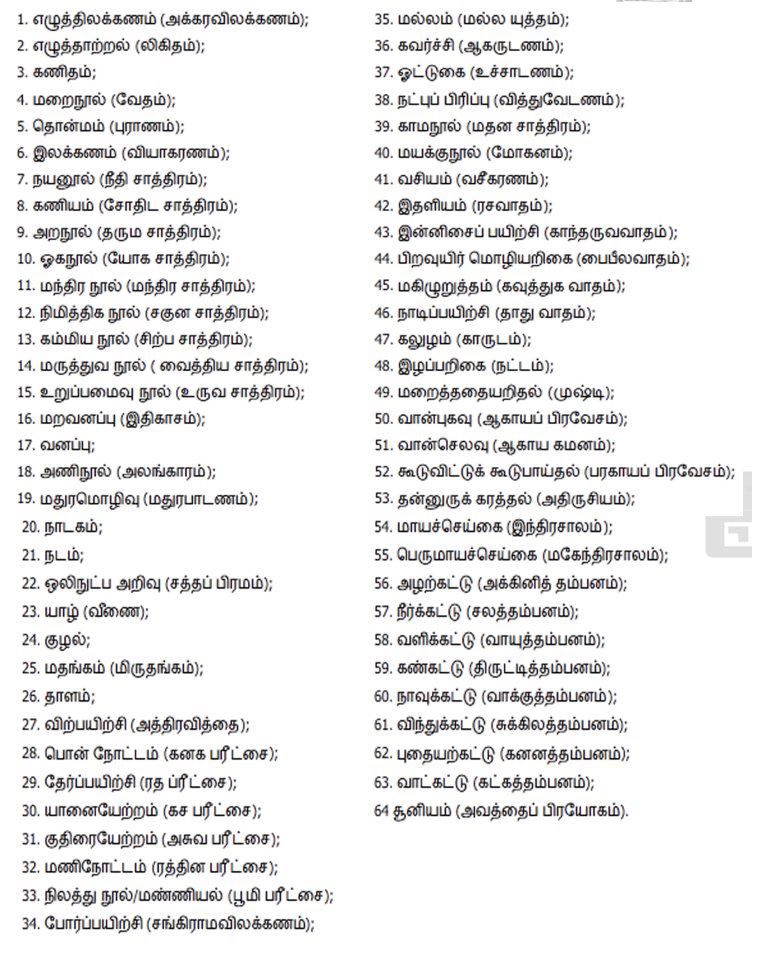
The temple has inscriptions dating from Uttama Chola (970–985 CE) from the 10th century.

It is also believed to be the place where Shiva turned bricks into gold for the Nayanar Sundarar. Shiva was pleased with the devotion of Bhudevi and appeared in his dancing form in front of her. The lingam in the place is believed to appear tilted (called Konapiran) on account of it. Banasura, her son, is believed to have dug the Linga at the place, but could not lift it. As per another legend, Bhudevi, the consort of Vishnu wanted to install a Linga and worship Shiva. The exact history of the temple could not determined based on the inscriptions evidence, but the temple is believed to have been built during the Chola period during the 10th-11th centuries.Īs per Hindu legend and the Sthalapurana, Shiva was worshipped by Agni, the fire god at this place and the presiding deity came to be known as Agnipureeswarar and the temple tank is called Agni theertham. The temple is maintained and administered by the Hindu Religious and Endowment Board of the Government of Tamil Nadu. Six daily rituals and three yearly festivals are held at the temple, of which the ten-day Vaikasipournami Brahmotsavam festival celebrated during the Tamil month of Vaikasi (May - June) and float festival for Agnipureeswarar during the Tamil month of Vaikasi being the most prominent festivals.

The temple is open from 6 am - 12 pm and 4-8:30 pm on all days except during new moon days when it is open the full day. The temple has a five-tiered Rajagopurams, the gateway tower. A granite wall surrounds the temple, enclosing all its shrines.

The presiding deity is revered in the 7th century Tamil Saiva canonical work, the Tevaram, written by Tamil saint poets known as the Nayanmars and classified as Paadal Petra Sthalam. The temple is believed to be the place where Saiva saint Appar is believed to have attained salvation.

Shiva is worshipped as Agnipureeswarar and his consort Parvathi as Karundar Kuzhali. Constructed in the Tamil style of architecture, the temple is believed to have been built during the Cholas period in the 10th century.


 0 kommentar(er)
0 kommentar(er)
